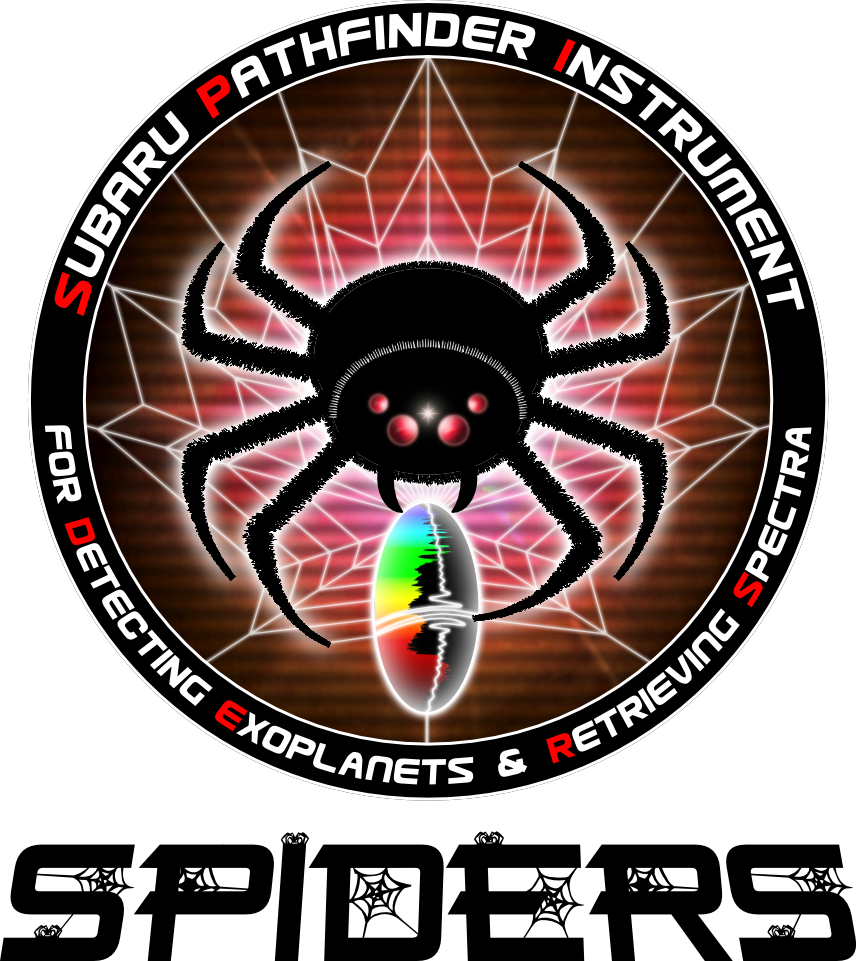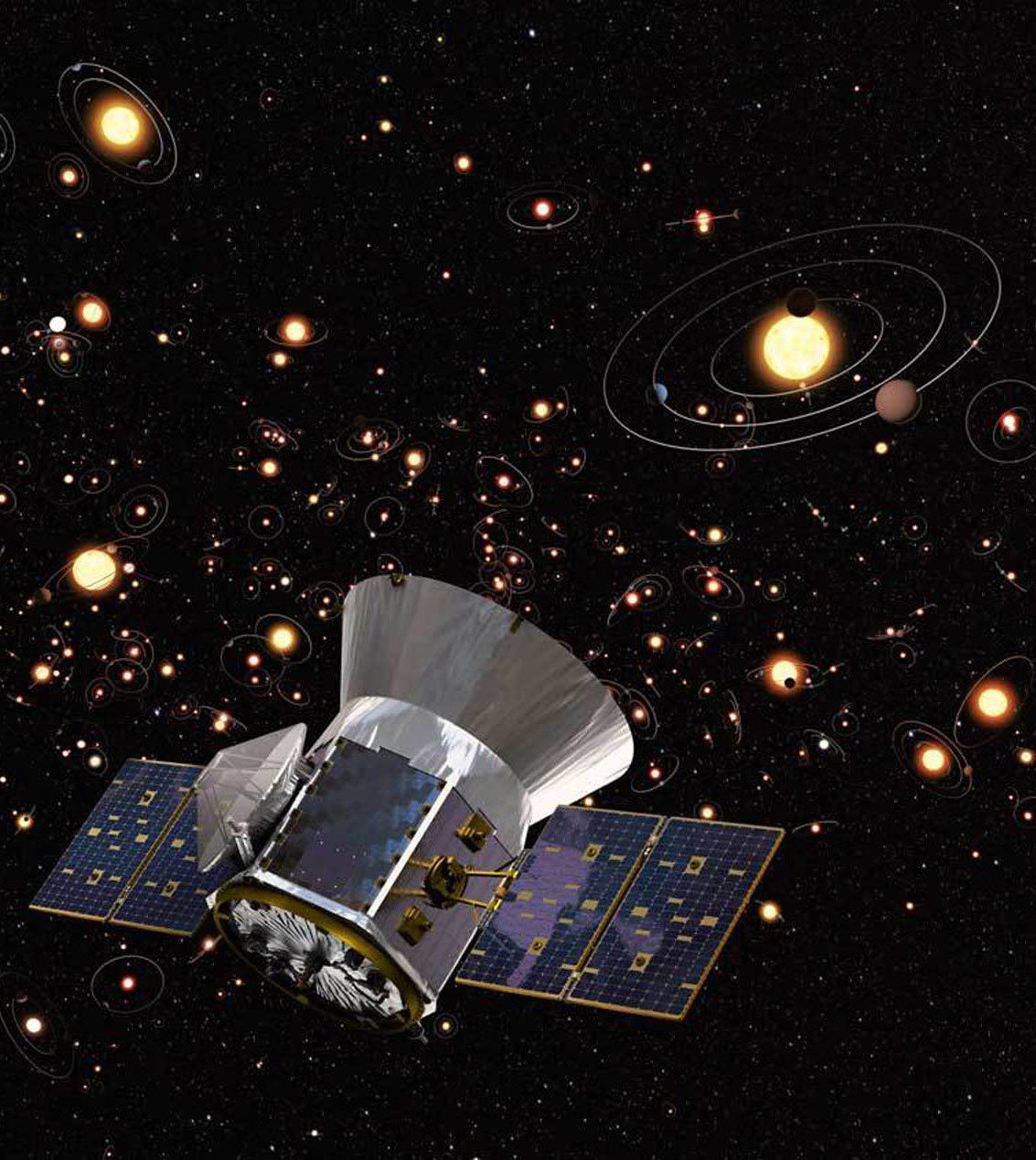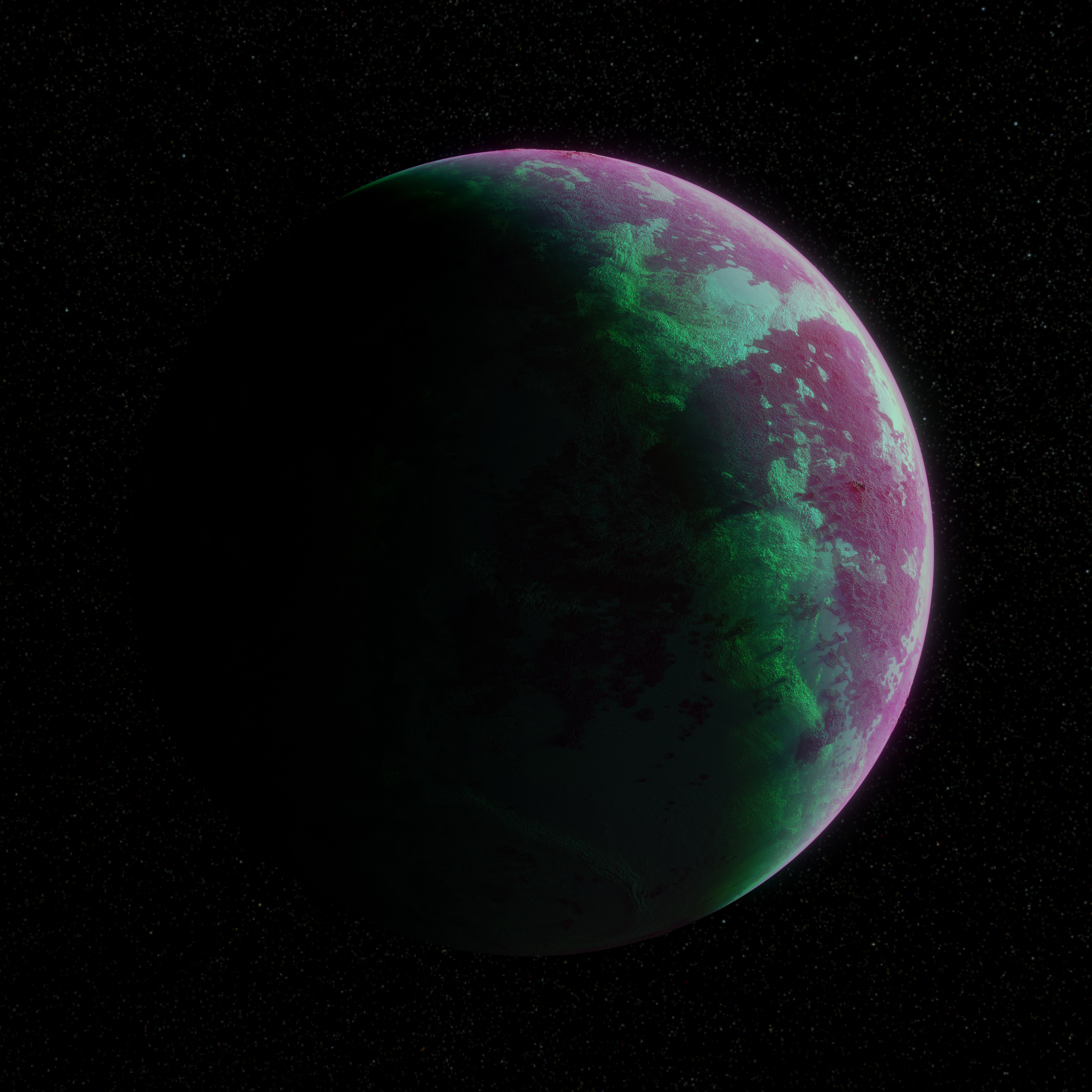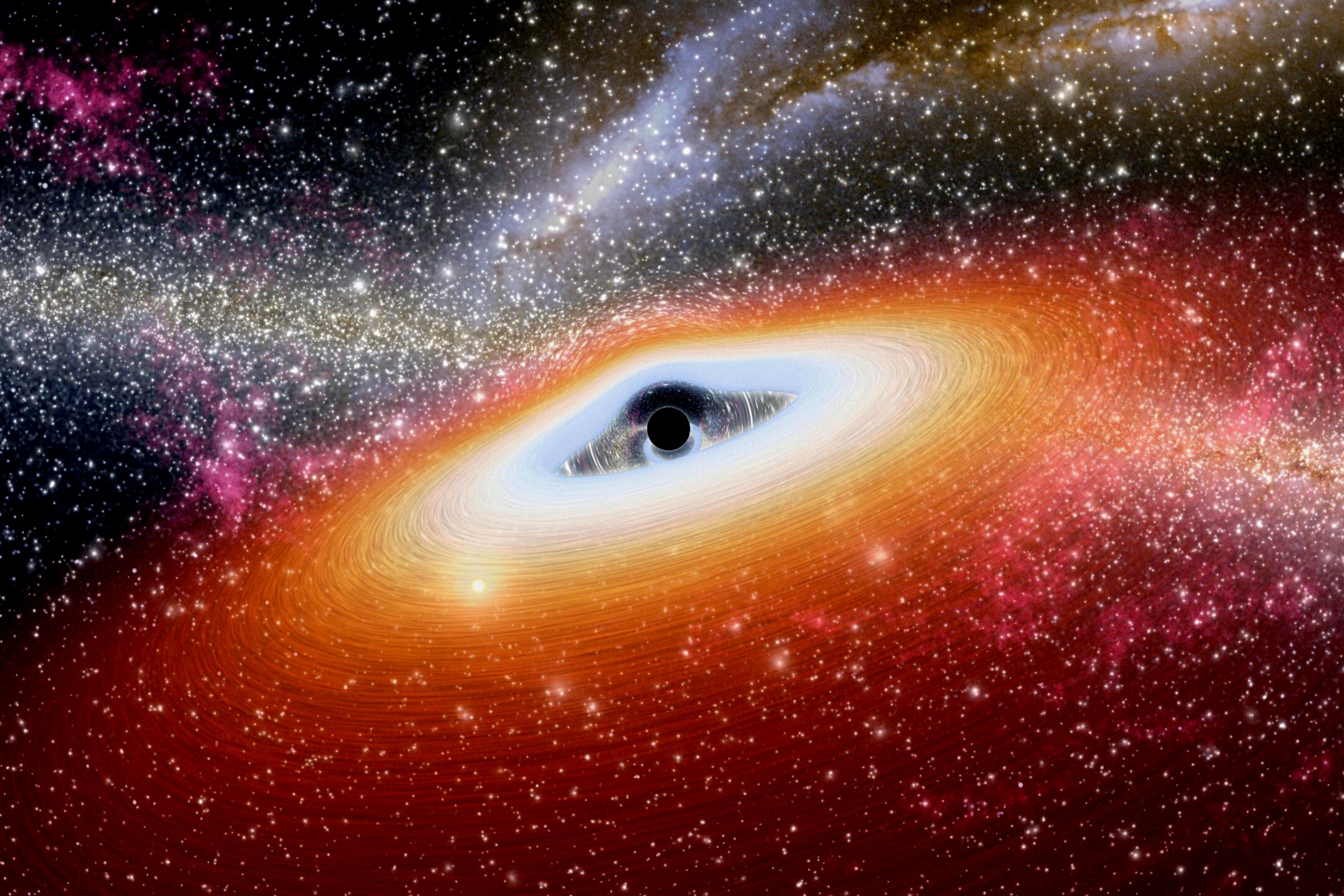Chris Mann
Astronomy + Astrophysics
About Me
Hi there! I'm Chris, a postdoctoral researcher in astronomy with a particular interest in observational exoplanet science. My Ph.D. research primarily revolved around transit observations and the follow-up of TESS planet candidates with small telescopes, but I also have an ongoing interest and involvement with radial velocity and direct imaging endeavours. My current position is at the Herzberg Astronomy & Astrophysics Research Centre at the NRC working on image post-processing techniques of a new pathfinder high-contrast self-coherent camera designed to obtain direct images and spectroscopy of exoplanets.
Résumé
A bit about my education, experience, & some interests.
Education
Université de Montréal
Ph.D. Exoplanet Science
Dec 2023
My Ph.D. thesis revolved around the exoplanet candidate follow-up effort for the TESS mission. I adapted and employed ground- and space-based instrumentation that were not necessarily designed with exoplanets in mind. Beyond adding facilities to the exoplanet observing roster, I focused on the challenging endeavour of nailing down the physical and orbital parameters of "long-period" (~100+ days) planet candidates.
University of British Columbia
M.Sc. Astronomy
August 2018
During my M.Sc. thesis I investigated the potential for an intermediate-mass black hole to lurk in the core of the globular cluster 47-Tucanae. Using theoretical multi-component dispersion models fitted to HST proper motion data, I mapped the contributions of seen and unseen populations of stars and stellar remnants.
University of British Columbia
B.Sc. Astronomy
April 2016
Unviersity of British Columbia
B.A. Psychology
April 2013
Teaching/Outreach Experience
Teaching/Mentoring
I am a sessional instructor at the University of Victoria, teaching a 120+ student introductory ASTR 102 course. Across my Ph.D. I supervised 4 undergraduate students hired to help out with my project and develop their research skills. I have served as a teaching assistant for 6 classes, leading lab sessions and holding office hours. I really enjoy working with students and mentoring junior collaborators, and I'm very comfortable providing instruction in an office or lecture setting.
Public/Invited Talks
I have given dozens of science talks spanning a wide range of scope and academic level. These include basic astronomy introduction to elementary school children; general-knowledge level talks to undergraduate classes, local community clubs, and intern welcome sessions; as well as science-minded presentations during facility, faculty, and conference visits.
Media
I have featured in several media publications, providing an astronomer's perspective on both print- and video-format media. Several were to provide physically grounded insight on fanciful "what if?" science questions, while others were to provide explanation and context for recent high-profile publications. One of my own publications was also featured in the AAS Nova, a public-level showcase and summary of interesting articles to come through the journal.
Skills & Expertise
Select Projects
Some projects I have worked on.
SPIDERS
The Subaru Pathfinder Instrument for Discovering Exoplanets and Retrieving Spectra (SPIDERS) is an experimental setup testing the feasibility of adding some new technologies and procedures to a telescope's repertoire. Sitting behind an AO system to correct for atmospheric turbulence, SPIDERS employs a coronograph and closed-loop self-coherent camera to achieve even better wavefront control and extremely high-contrast images. My involvement is on the image post-processing side employing a technique called Coherent Differential Imaging (CDI). CDI enhances the already formidable contrast, allowing for the detection of faint exoplanets near their bright hosts. SPIDERS will be installed on the Subaru telescope in Hawaii to provide on-sky verification of its capabilities.
TESS Follow-Up
The Transiting Exoplanet Survey Satellite (TESS) was designed to find and characterize exoplanets around nearby and bright stars. It has done its job very well, discovering thousands of new exoplanet candidates! Impressive as this feat is, an equally expansive effort must be undertaken to validate each and every one. The TESS Follow-up Observing Program (TFOP) organizes this multi-disciplinary, multi-national, and multi-faceted endeavour into an efficient and effective force for verifying these candidates. Even so, a huge amount of work involved. Typically, small telescopes are used to check for false-positive detections, and refine the candidates' physical and orbital properties. Particular dedication is required for candidates that exibit only a single transit in the TESS data, severely limiting our ability to constrain the nature of system. These longer-period targets are tackled by the TESS Single Transit Planet Candidate (TSTPC) working group. I have been closely involved with TFOP and the TSTPC groups throughout my Ph.D. studies and beyond, and I have a particular interest in catching re-transits of targets with very uncertain periods, locking in their orbital characteristics and enabling them for additional study.
NEOSSat
The Near-Earth Object Surveillance Satellite (NEOSSat) is a small Canadian cube-sat jointly operated by the Canadian Space Agency and Defence Research and Development Canada. As its name implies, NEOSSat was designed to improve our
understanding of local space, observing near-Earth asteroids and artificial satellites.
In recent years, NEOSSat has been opened to Canadian astronomers for general astronomical observations.
I have been leveraging NEOSSat's space-based vantage point to provide long-baseline exoplanet transit coverage for targets that are challenging to observe from the ground. NEOSSat's ability
to stare continuously for long durations is extremely valuable for hunting uncertain planetary
periods.
Exo-Dragonfly
The Dragonfly Telephoto Array (or simply, "Dragonfly") is a composite refractor telescope built by combining 48 individual telephoto lenses and imagers to improve the sensitivity. Designed to capture ultra-faint structures like diffuse galaxies and stellar streams, Dragonfly would operate during dark skies when the moon was below the horizon.
In collaboration with the Dragonfly team, I adapted the observing routines and developed new scheduling and reduction procedures to enable the instrument for exoplanet transit observations.
I employed Dragonfly to make semi-automatic observations for the TESS Follow-up Observing Program, providing physical and orbital constraints on exoplanet candidates.
Intermediate-Mass Black Holes (IMBHs)
IMBHs are somewhat of an enigma in modern astronomy. Small black holes on the scale of a few solar masses or huge ones of millions or billions of solar masses are well documented. The largely missing objects of a few thousand solar masses represent a break in the presumed chain of growth of these objects. One environment where these objects are potentially thought to reside are the dense cores of globular clusters. By carefully measuring the motions of stars in the cluster 47 Tucanae, I developed a multi-component model of stars and stellar remnants that reproduces the observed velocities. We determined that plausible dark populations of small black holes and neutron stars could adequately reproduce the data in the core, without the need for invoking a IMBH.
Publication List:




